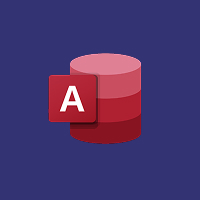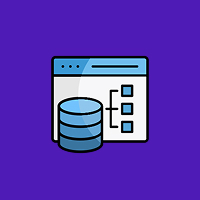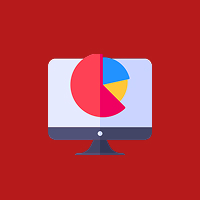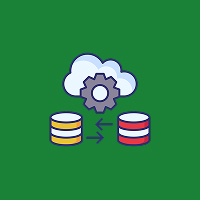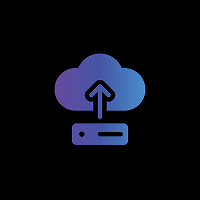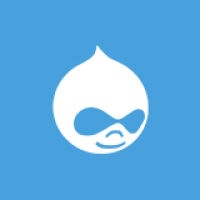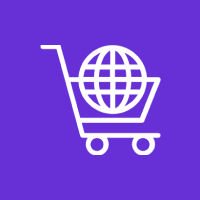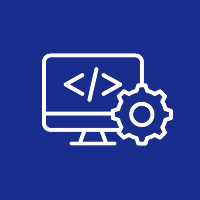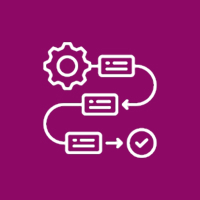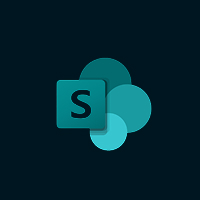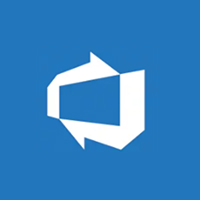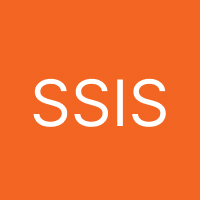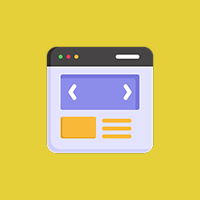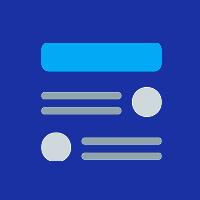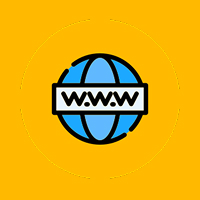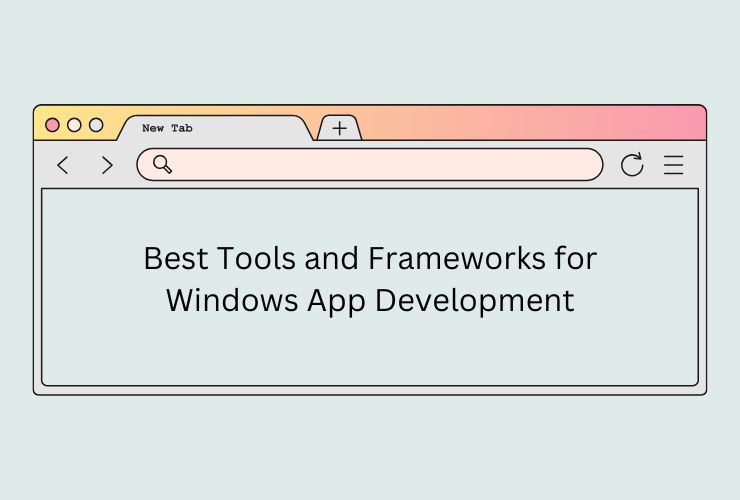Windows applications continue to be an important aspect of business functionality and consumer computing in the modern digital world. Whether you’re creating enterprise software, business applications, or consumer tools, selecting the most suitable development framework and tools can be critical to performance, scalability, and usability.
This blog discusses the most popular tools and frameworks that simplify Windows app development, making it more efficient, secure, and packed with features.
1. Microsoft .NET Framework
The.NET Framework is a great, and probably most commonly utilized, Windows application development framework. It gives one the ability to create web, desktop, and mobile apps along with enhanced security and scalability in one end-to-end platform.
Why use.NET?
- Allows the development in various languages such as C#, F#, and VB.NET
- Seamless integration with the Windows operating system and the ecosystem of Microsoft
- Delivers powerful libraries and APIs to aid development in the rapid lane
- Microsoft backs it up with continuous updating and refining
2. Windows Presentation Foundation (WPF)
Windows Presentation Foundation (WPF) is a desktop application user interface framework for creating visually engaging desktop applications. It employs XAML (Extensible Application Markup Language) for UI authoring and provides data binding, animation, and multimedia content integration features.
Major Features:
Rich UI elements for dynamic interface development
Supports MVVM (Model-View-ViewModel) pattern
Hardware-accelerated graphics to enhance performance
Sophisticated styling and templating options
3. Universal Windows Platform (UWP)
UWP allows developers to create applications installed on many different types of Windows devices such as PCs, tablets, Xbox, HoloLens, and IoT. It offers a consistent API to facilitate cross-device compatibility easily.
Why Use UWP?
- Adaptive UI for various screen sizes
- Native integration with Windows Store for easy deployment
- Sandboxing and user permission-based advanced security
- Increased performance on multiple device types
4. WinUI (Windows UI Library)
WinUI is Microsoft’s newest native UI framework to build contemporary Windows applications. Developers can create fluent, visually delightful, and responsive apps with support for Win32 and UWP.
Major advantages:
- Fluent Design System based modern UI controls
- High-speed rendering for enhanced user experience
- Periodic updates irrespective of Windows versions
- Legacy Windows application compatibility
5. MAUI (Multi-platform App UI)
Microsoft’s.NET MAUI (Multi-platform App UI) is a next-generation version of Xamarin.Forms, allowing developers to develop cross-platform apps for Windows, Android, iOS, and macOS from a single codebase.
Benefits of.NET MAUI:
- Write once, run anywhere strategy
- Common UI and business logic on all platforms
- Utilizes.NET and C# for smooth integration
- Native performance and UI component support
6. Electron.js
Electron.js enables developers to create cross-platform desktop apps with HTML, CSS, and JavaScript. It drives some of the most used desktop applications such as VS Code, Slack, and Discord.
Why Use Electron.js?
- Employs web technologies for Windows application development
- Facilitates cross-platform support
- Has an active community with a rich documentation base
- Offers native Windows API access
7. Visual Studio & Visual Studio Code
Visual Studio (VS) and Visual Studio Code (VS Code) are Microsoft’s top IDEs for Windows application development. VS is best suited for large applications, whereas VS Code is light-weight and perfect for web and cross-platform development.
Features of Visual Studio:
- Extensive debugging and testing tools
- GitHub, Azure, and other Microsoft service integration
- IntelliSense supported by AI for improved coding efficiency
- Supports multiple programming languages
8. Windows Forms (WinForms)
Windows Forms (WinForms) is an old-fashioned framework for developing Windows desktop apps. Although it’s older than WPF and UWP, it’s still a good option for creating light, data-focused applications.
Why Use WinForms?
- Simple to learn and apply
- Drag-and-drop UI controls for quick development
- Ideal for business and enterprise applications
- Comprehensive third-party library support
9. Xamarin (For Mobile and Windows Apps)
Xamarin is a cross-platform.NET framework for development that allows developers to build Windows, Android, and iOS apps in C#. It provides near-native performance and UI components.
Key Features:
- Code reusability across platforms
- Native APIs and device-specific functionality support
- Visual Studio integration for seamless development
- Microsoft community support because of its strength
Conclusion
Choosing the right tools and frameworks for Windows app development depends on your project’s requirements, budget, and long-term scalability. Whether you need a high-performance native app with .NET and WPF, a modern UI with WinUI and UWP, or a cross-platform solution with MAUI or Electron, there are plenty of options to explore.
By taking advantage of these leading frameworks, developers can create secure, scalable, and feature-laden Windows applications that live up to today’s user expectations.
Contact Us Today
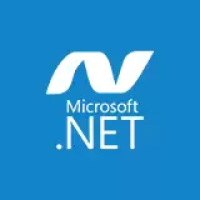
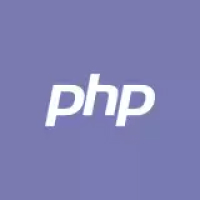

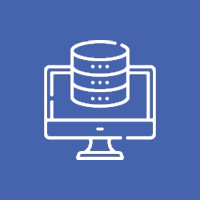


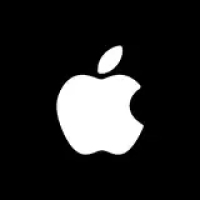

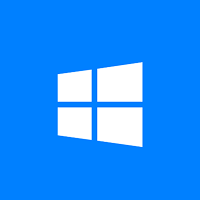
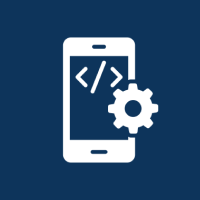
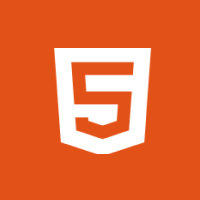


 Database Development
Database Development




